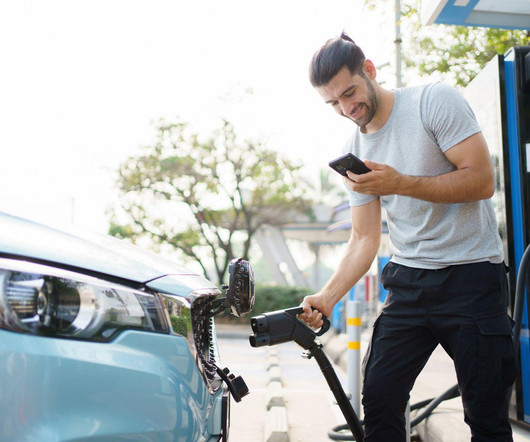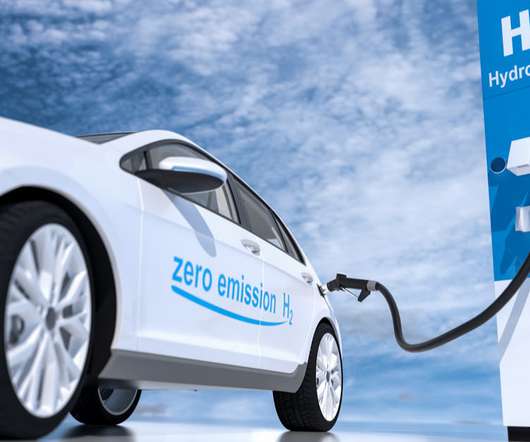BMW of North America & California Bioenergy expand partnership to provide clean energy for EV charging
Green Car Congress
NOVEMBER 9, 2021
The first automaker to collaborate with dairy farms on renewable energy projects, BMW of North America and California Bioenergy (CalBio) announced an expanded partnership to include Bar 20 Dairy, a farm based in Kerman, CA. The system is efficient, producing twice as much electricity as conventional generators using the same amount of biogas.












Let's personalize your content